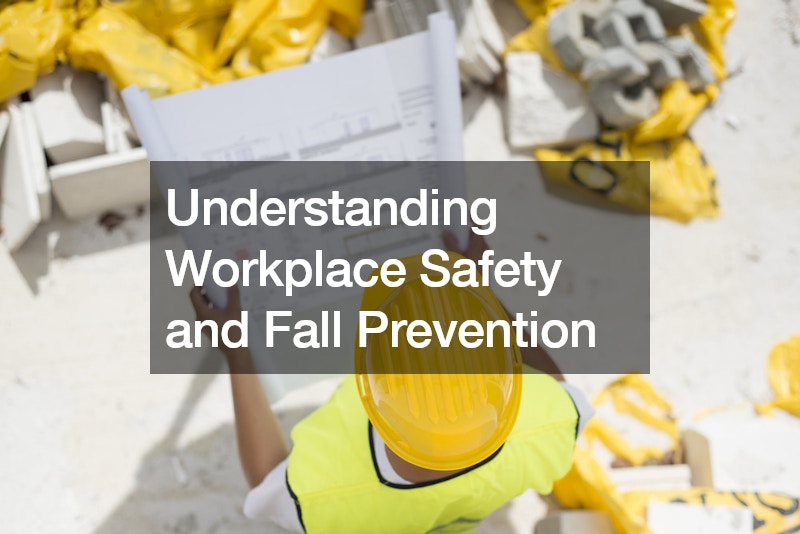

Workplace safety is a fundamental concern across all industries, with fall prevention being a critical component due to the high risk and severe consequences associated with falls. Understanding the principles and practices of fall prevention can significantly reduce workplace accidents, ensuring a safer environment for all employees.
Falls are among the most common causes of serious work-related injuries and deaths. They can occur in various settings, including construction sites, warehouses, and offices. To mitigate this risk, employers must implement comprehensive fall prevention strategies that comply with safety regulations, such as those outlined by the Occupational Safety and Health Administration (OSHA).
Business owners and commercial property owners should be well-aware of OSHA fall protection guidelines.
Employers should provide fall protection equipment, such as guardrails, safety nets, and personal fall arrest systems (PFAS). Guardrails offer a physical barrier to prevent falls from elevated platforms, while safety nets provide a secondary layer of protection by catching workers who might fall. PFAS, which include harnesses and lifelines, are designed to arrest a fall and reduce the impact on the worker.

Training is another crucial element of fall prevention. Workers must be educated on the proper use of fall protection equipment and the importance of adhering to safety protocols. Regular drills and refresher courses help maintain awareness and preparedness.
Moreover, routine inspections and maintenance of equipment are vital to ensure their effectiveness. Equipment should be checked for wear and damage, and any issues should be addressed promptly to prevent failures.

